Goals for People
and for Planet
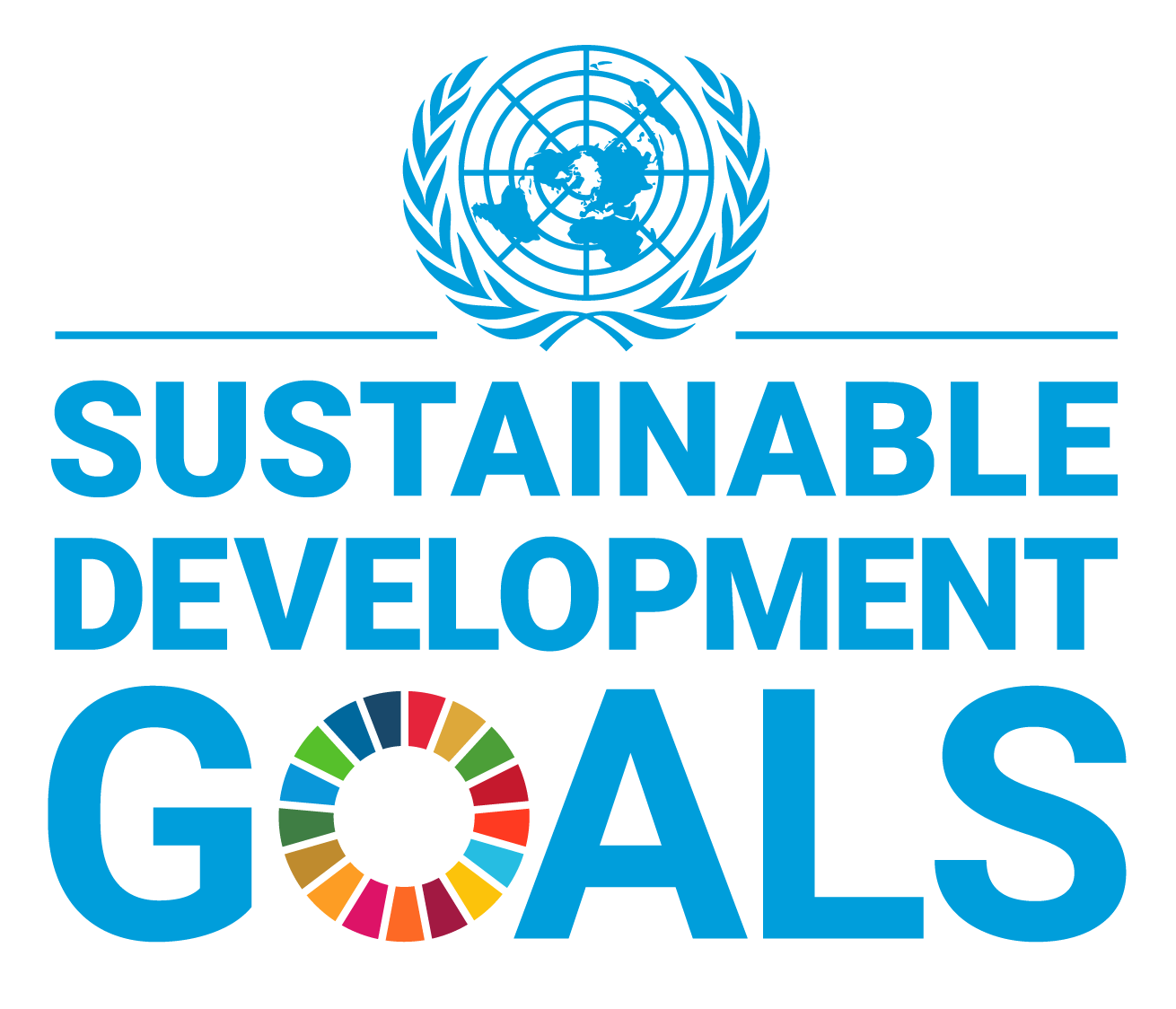
The United Nations’ Sustainable Development Goals (SDGs) are a universal call to action to end poverty, protect the planet and improve the lives and prospects of everyone, everywhere. The 17 Goals were adopted by all UN Member States in 2015, as part of the 2030 Agenda for Sustainable Development which set out a 15-year plan to achieve the Goals.
Today, progress is being made in many places, but overall, action to meet the Goals has not advanced at the speed or scale required. This is where the seafood industry – and GSA as a vehicle – must come in and play a role.
GSA has identified seven priority Goals for the seafood industry.
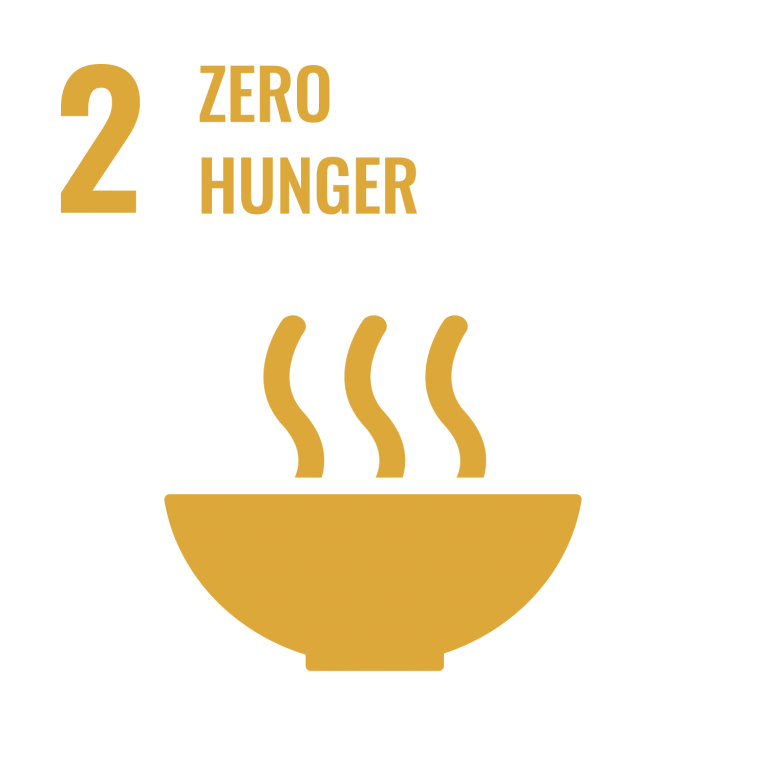
This SDG is closely aligned with the seafood industry. When produced responsibly, seafood offers food security.
As a nutrient-dense protein, seafood is a staple in millions of people’s diets, and increased production and consumption will reduce global hunger.
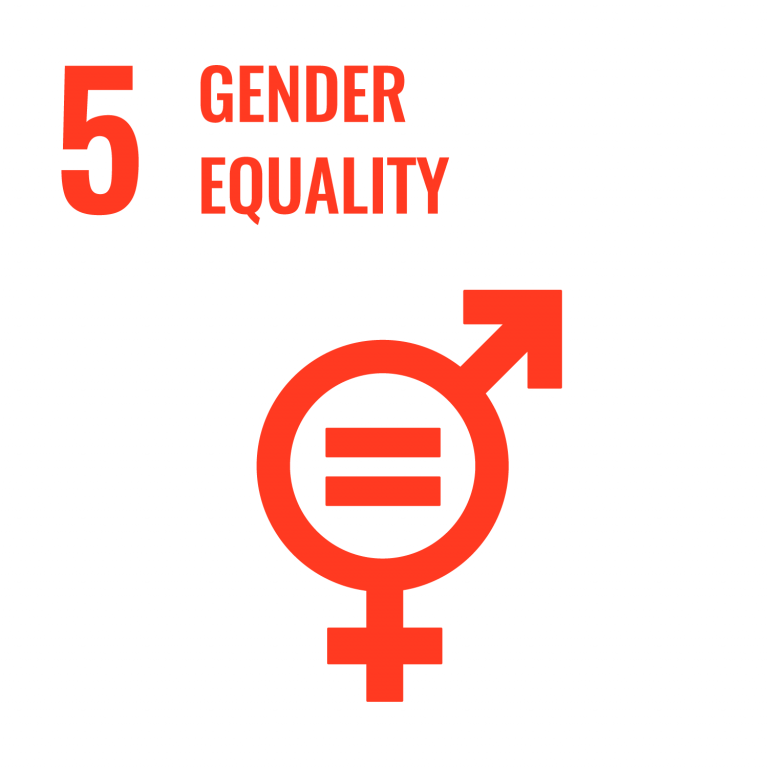
The seafood industry employs millions of women in all segments, including fishing, farming, trading, selling, monitoring, administration and most notably, processing. About half of the seafood work force are women. But the fact that many women work in seafood does not mean that the industry has fulfilled SDG 5. Most women in seafood work in processing, where upward economic mobility is limited. More must be done to ensure women are represented in higher-ranking positions across the entire industry.
Seafood processing provides a stable income, and such positions are available in many areas across the world. As the demand for farmed seafood continues to rise, so too will job opportunities for working females in more rural areas.
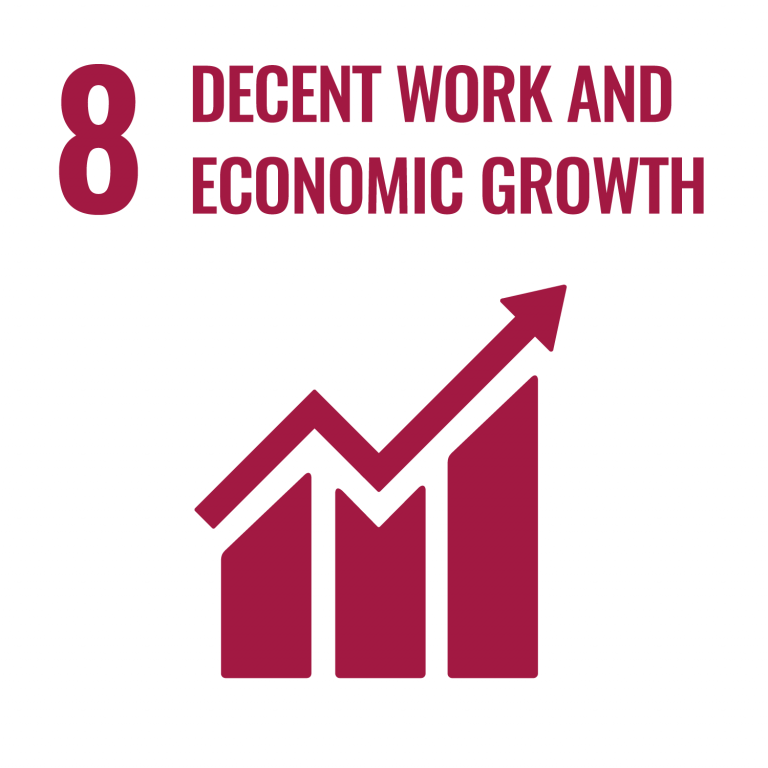
The outputs of the seafood industry align and intersect with SDG 8. Without jobs or income, nutritious food can be hard to come by.
Seafood not only creates nutritious food locally, but also employs impoverished people. Fishing and farming in rural communities contribute to SDG 8 by generating jobs and healthful food. Seafood makes significant socioeconomic contributions in coastal and rural communities where economic opportunities can be limited, often lifting people out of poverty.
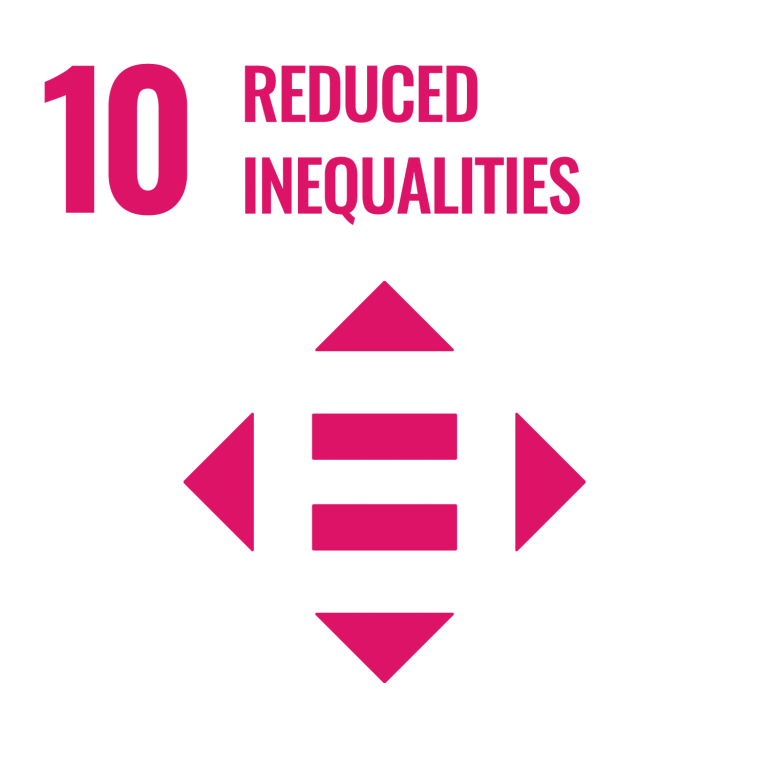
SDG 10 is closely related to SDG 5, and the approach of the seafood industry is similar for both. The industry tends to operate in remote areas where jobs are often difficult to find and includes diverse groups of people in the economy and empowers companies to provide more opportunities.
With limited income or employment opportunities, nutritious food can be hard to obtain. Seafood not only creates nutritious food locally but also offers jobs in impoverished communities in the process. Generating jobs and healthful food reduces inequalities.
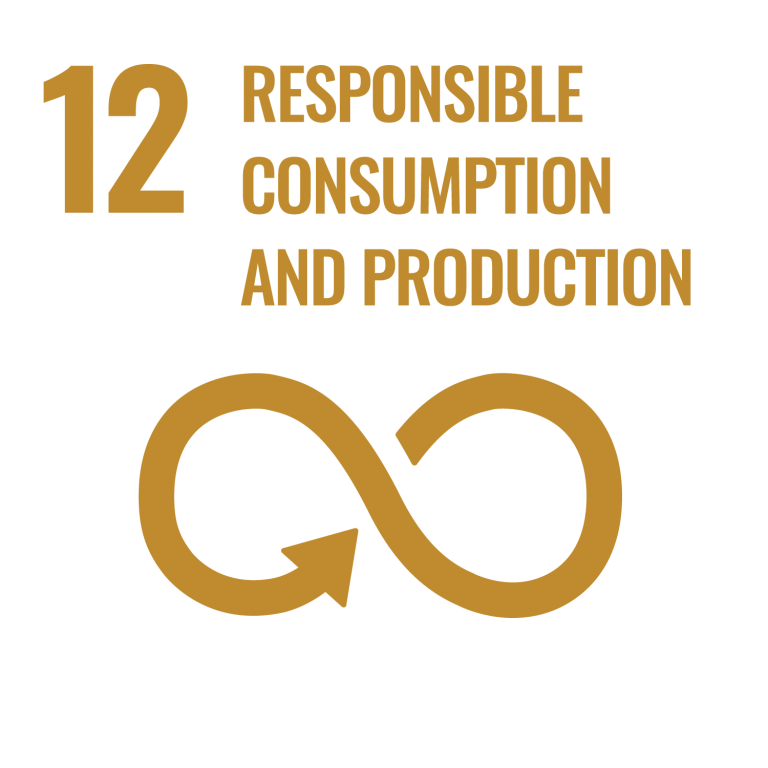
Food production industries have the potential to be extremely wasteful. On the other hand, this also gives them enormous power in combatting and reversing this wastefulness. Seafood has the potential to decrease the degradation of environmental resources on a large scale. Responsible practices that consider both resource management and environmental impact will help the food production industry move more closely to achieving SDG 12. Within the sector in recent decades, progress has been made with water usage and pollution, as well as reducing waste, feed development, humane treatment and environmental impact.
The Best Aquaculture Practices (BAP) and Best Seafood Practices (BSP) certification programs both support this goal in encouraging seafood producers to take responsible practices and their impact into account.
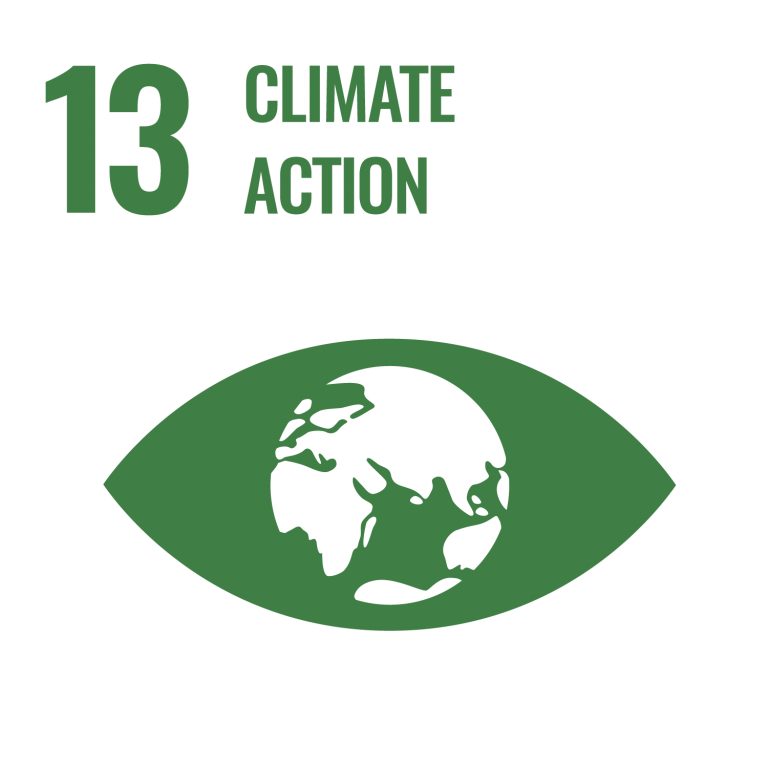
All industries – including fisheries, agriculture and aquaculture – are susceptible to climate change.
However, seafood, particularly farmed seafood, is uniquely positioned not only to withstand the impacts of climate change, but to even help mitigate its effects.
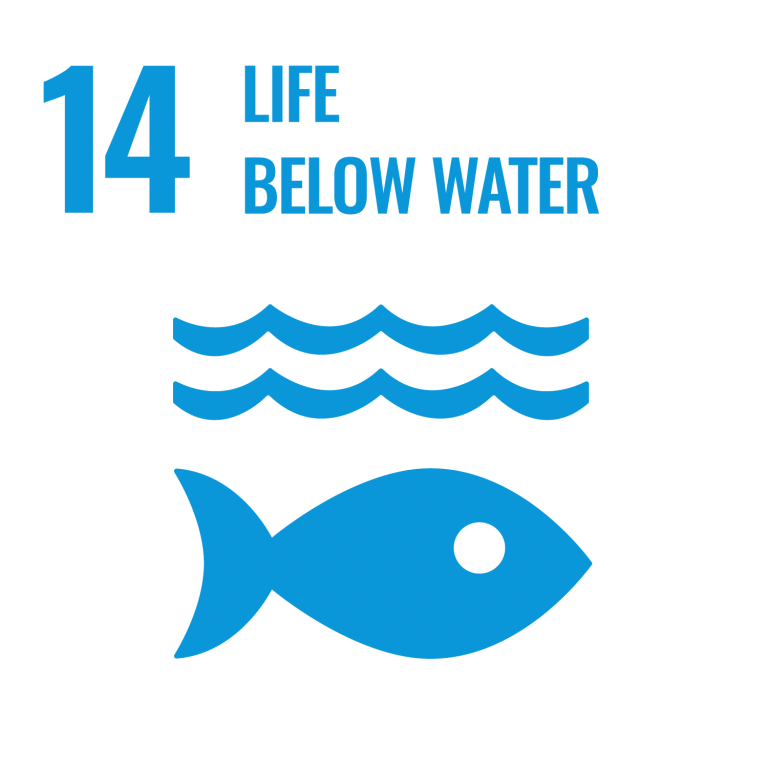
Seafood directly relates to a few of the targets for SDG 14. Seafood does and will continue to play a role in increasing economic benefits from the sustainable use of marine resources, along with fisheries and tourism, particularly in small island states and nations with emerging economies. Fish farming is a livelihood that has proven to be attainable for many rural and coastal communities.
So far, much progress has been made for the betterment of life below water – 87 countries have signed the agreement on port state measures, which is the first binding international agreement on illegal, unreported and unregulated (IUU) fishing. More good news is that 47 percent of coastal regions worldwide have improved their water quality between 2012 and 2018. Efforts to reduce marine pollution are proving to be successful.

